25+ Sample Feasibility Report
-

Feasibility Report Template
download now -

Restaurant Feasibility Report Template
download now -
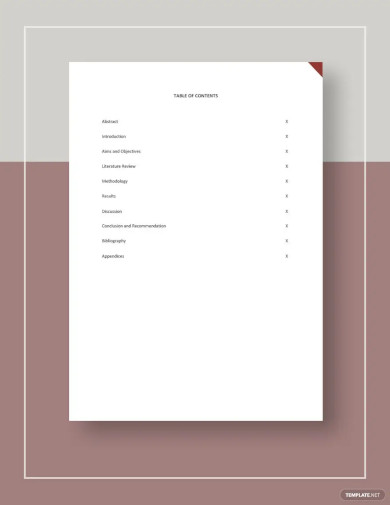
School Feasibility Report Template
download now -

Feasibility Study Report Template
download now -
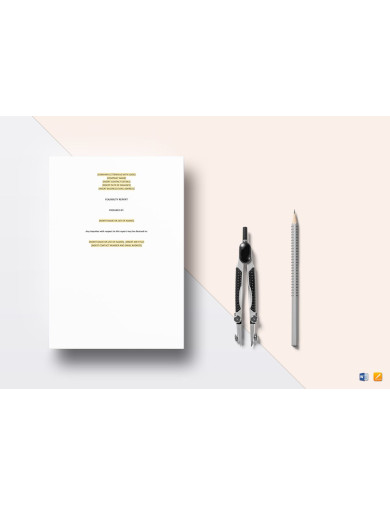
Basic Feasibility Report Template
download now -
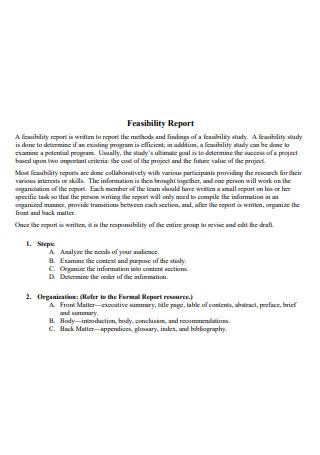
Business Feasibility Report
download now -
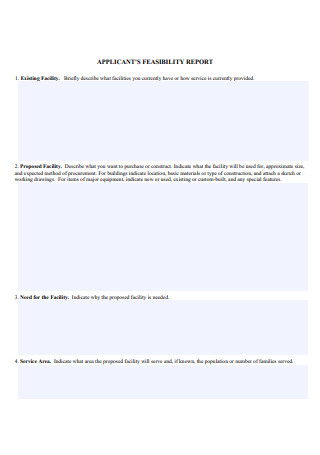
Applicant Feasibility Structure Report
download now -
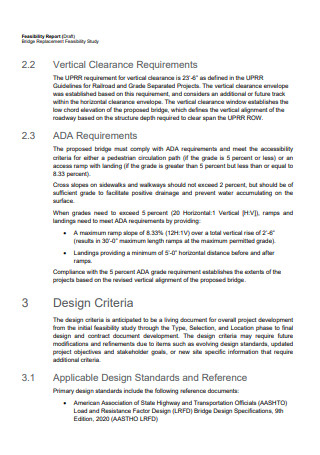
Draft Feasibility Report Format
download now -

Project Evaluation Feasibility Report
download now -
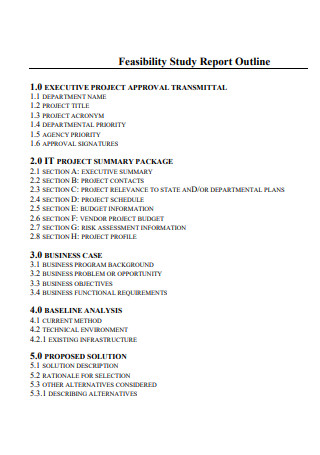
Construction Feasibility Study Report Outline
download now -
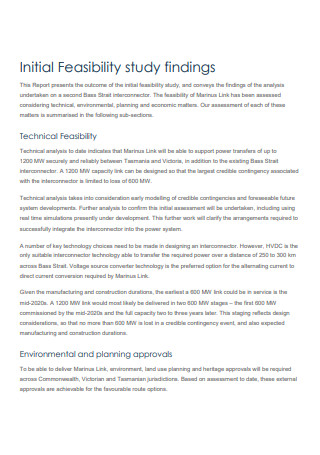
Initial Design Feasibility Report
download now -

Small business Feasibility Report Review
download now -
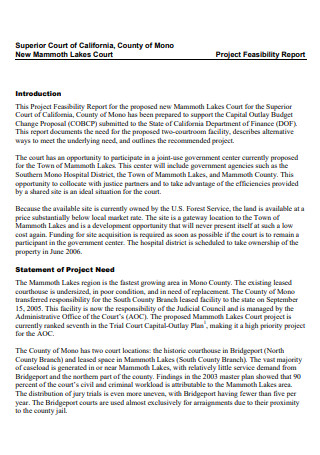
Project Feasibility Technical Report
download now -
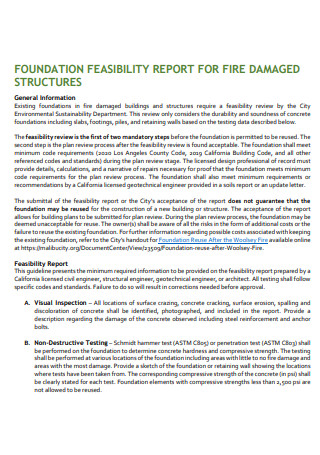
Restaurant Feasibility Report
download now -
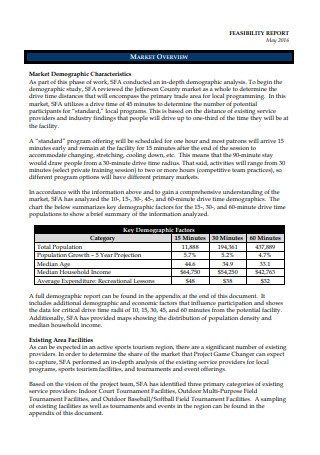
Feasibility Report Executive Summary
download now -
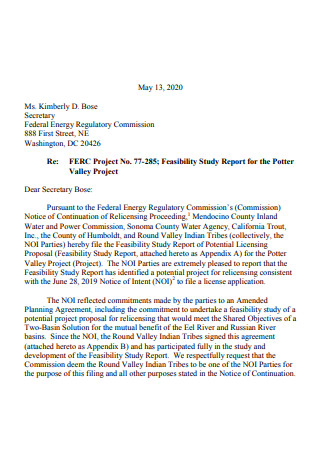
Feasibility Study Report Introduction
download now -
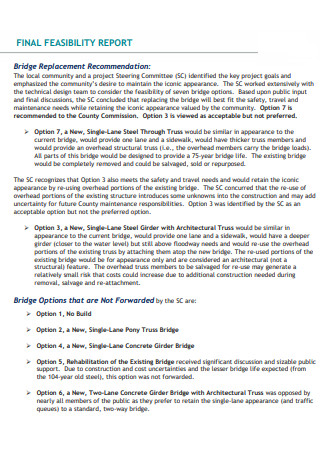
Final Feasibility Report Recommendation
download now -
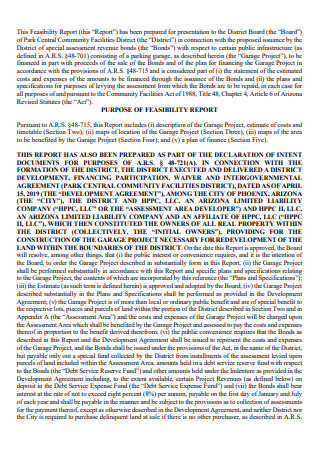
Standard Feasibility Report Title page
download now -
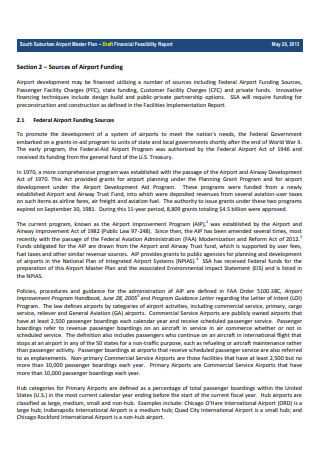
Financial Feasibility Report Contents
download now -
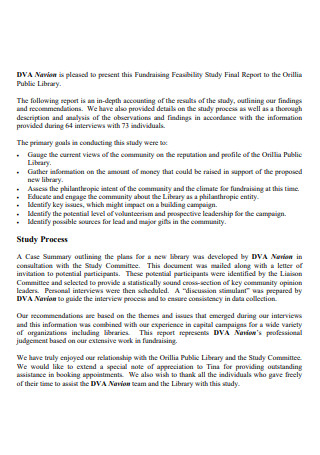
Fundraising Feasibility Study Final Short Report
download now -

Architecture Feasibility Report
download now -
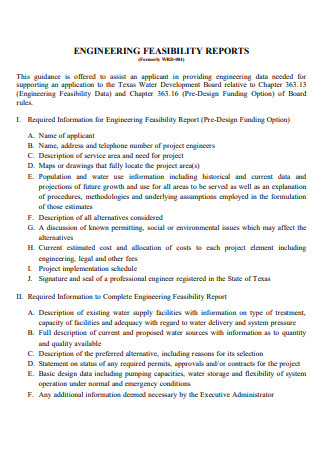
Engineering School Feasibility Report
download now -
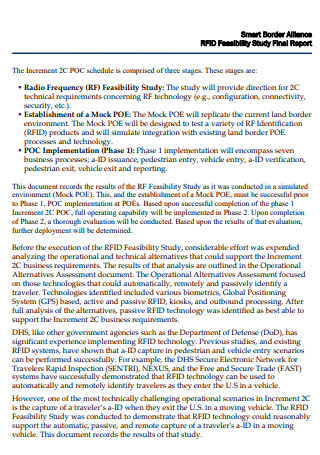
Feasibility Study Final Report
download now -
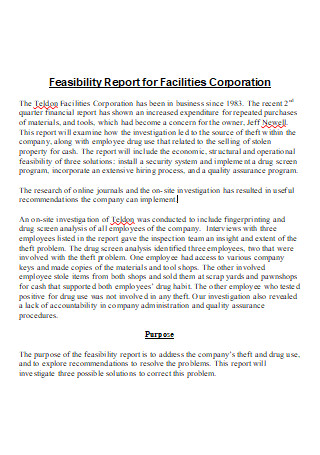
Property Feasibility Report
download now -
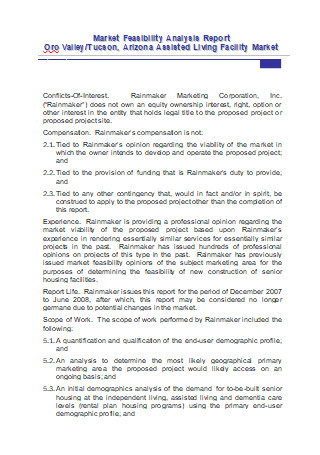
Market Feasibility Analysis Report
download now -
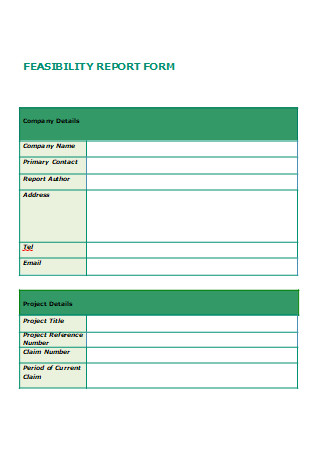
Software Feasibility Report Form
download now
FREE Feasibility Report s to Download
25+ Sample Feasibility Report
What Is a Feasibility Report?
Elements of a Feasibility Report
Types of a Feasibility Study
How to Create a Feasibility Report
FAQs
What is the objective of a feasibility report?
What is the importance of conducting feasibility reports?
How do you know if your arguments are necessary and appropriate?
What Is a Feasibility Report?
A feasibility report is a form of documentation assessing the potential solutions to a specific problem or opportunity. It also classifies which of these recommendations are feasible for further analysis plan and study. It is a testimony that attempts to get a sort of response. The report helps determine whether or not a particular task is possible with the number of available resources or the need to add resources to complete the plan. These documents are beneficial in various situations and businesses relating to event planning, financing, and even remodeling a structure. Utilizing feasibility reports help sway the decision-making body from one idea to another. It usually starts with a single course of action, but it is essential to have a backup plan, opposed to having only one. A feasibility report is also interchangeable with a feasibility study.
According to a study regarding the feasibility of recruitment and data collection regarding nurses and their use of mobile devices, handoff data collection was acceptable to nurses, with 60 to 80 respondents agreeing to use the mobile devices. The study concludes that the results show that the research protocol is feasible.
Elements of a Feasibility Report
If you are planning on creating a feasibility report, the first thing to remember is the content. Knowing what components the report contains reduces any unnecessary information that will lengthen the process of identifying the solution to a project or plan. It is also necessary to tailor your study depending on the course of the initial project plan. Each feasibility report contains the following elements.
Types of a Feasibility Study
Once a final feasibility study is available, you can create a report of the data and findings. It is crucial to remember that there are various types of feasibility reports, and it is advantageous to know each one. Having this knowledge helps in future studies of various plans and projects.
How to Create a Feasibility Report
Regardless of the length or scope of your feasibility report, it is essential to consider the proper way of creating the document. It is helpful for organizations to know the guidelines to help make a credible feasibility report. Project managers are mostly responsible for writing a feasibility report, but it is convenient to gain an insight on it as possible. Below are steps you can use to write a coherent feasibility report.
Step 1: Deeply Understand the Problem
You cannot start collecting information if you do not comprehend the question presented before you. It is wise to gain a full understanding of your problem first and foremost. Start by going through the details and instructions on a topic, especially if you have not encountered it in the past. It is also advisable to narrow down the topics of a research questionnaire by focusing on the organization’s problem. The questions a business presents need sufficient research materials, whether the topic is simple or complex.
Step 2: Construct a Proper Introduction
As with any feasibility report, you have to provide alternate solutions to an organization’s problem. Identifying viable yet realistic alternatives for your introduction makes your sponsor read through your report, not only making it interesting but also successful. The purpose of the introduction is to hold your client’s attention for your proposed ideas to his problem, and constructing a strong introduction makes sure they read through it.
Step 3: Indicate the Background Information and the Project Description
Describing your background statement information and project description tells your readers that you understand their problem. It is also necessary that your client easily understand the details you provide. Some of your readers might not know what you’re trying to convey if your words are jargon or hifalutin. It is critical to keep your content meaningful, at the same time, keeping your words easily comprehensible.
Step 4: Emphasize the Purpose of the Feasibility Report
In taking on constructing a feasibility report, you emphasize providing viable solutions to your client’s problems. As such, you have to present your readers with clear solutions to their problems. It is vital to focus on one problem at a time before you go on listing solutions for the next questions. A comprehensive feasibility report also takes into consideration the needs of its audience. After providing clear solutions to their problems, you can finally elaborate on the steps and requirements you have to initiate the plan.
Step 5: Define Possible and Reliable Evaluation Criteria
Having a set criterion help with assessing your findings and find possible conclusions for the report. Remember that each report comes with unique requirements, depending on the objective of your study, and this is a critical portion of your document. The basis of the evaluation criteria must stem from the pieces of evidence collated during the research because it supports your theories with feasible proof.
Step 6: Follow the Appropriate Format for Your Report
Finally, you have to adhere and check if you followed all the necessary formatting conditions for the report’s construction. It is best to look back on these standards several times, guaranteeing you have a grasp on the idea. Aside from that, it is vital for you to proofread your work; ensure there are no grammatical errors, spelling mistakes, and punctuation discrepancies. This helps your report to be easily readable.
FAQs
What is the objective of a feasibility report?
The objective of constructing a feasibility report is to determine if a particular action plan produces anticipated results. It also evaluates if the plan will work and if it is economically enforceable. Another objective of the feasibility report is to show the results of the actions through an evaluation process to confirm the viability of a plan to produce the expected outcomes.
What is the importance of conducting feasibility reports?
For one, feasibility reports determine the viability of your vision. In creating a landscape of your vision and including the role of customers and your competition, you can view the likelihood of attaining your idea. Feasibility studies also help you determine your goals and objectives because it clarifies the goals you have to achieve for your project to be successful. It also enables you to formulate a plan. Through conducting feasibility reports, you provide the information you need to have a clear understanding of the next steps to take. Since you understand how everything works, you now have the opportunity to execute your idea.
How do you know if your arguments are necessary and appropriate?
When deciding if your study is essential, it is necessary to identify your audience or your reader. In a professional setting, an organization expects your argument or study to focus on the organization’s goal statement and needs, their future, and their growth. It is also necessary for your audience to know your criteria in terms of creating the study. It is critical to make your study reasonable, relating it with your planned implementation or the change you foresee happening. It is also appropriate to include data and facts in your study. Remember to include your sources and that they must be reliable. This is important because your audience will want to have credible references within the industry.
In any industry, planning and constructing feasibility reports are helpful before executing an action plan. Through collecting credible sources and insights, you can formulate an effective feasibility report that can help achieve an organization’s goals and objectives. The report gives a rationale of the study following the recommendations and suggestions given by the decision-makers. In the words of Rene Descartes, “Divide each difficulty into as many parts as is feasible and necessary to resolve it.” Guarantee that your company produces a comprehensive feasibility study by using and downloading the feasibility report samples available above.
